What the heck is this stuff?
ademink
12 years ago
Featured Answer
Sort by:Oldest
Comments (12)
civ_IV_fan
12 years agoRelated Professionals
Albany Kitchen & Bathroom Designers · Woodlawn Kitchen & Bathroom Designers · Holden Kitchen & Bathroom Remodelers · Plainview Kitchen & Bathroom Remodelers · Ewa Beach Kitchen & Bathroom Remodelers · Rochester Kitchen & Bathroom Remodelers · Toms River Kitchen & Bathroom Remodelers · Phillipsburg Kitchen & Bathroom Remodelers · Ridgefield Park Kitchen & Bathroom Remodelers · North Bergen Architects & Building Designers · Panama City Beach Architects & Building Designers · Pedley Architects & Building Designers · San Angelo Architects & Building Designers · South Lake Tahoe Architects & Building Designers · Syracuse Architects & Building Designersciv_IV_fan
12 years agoademink
12 years agokudzu9
12 years agosombreuil_mongrel
12 years agoademink
12 years agoademink
12 years agocolumbusguy1
12 years agotjt78
12 years agoworthy
12 years agokfb55
9 months ago
Related Stories
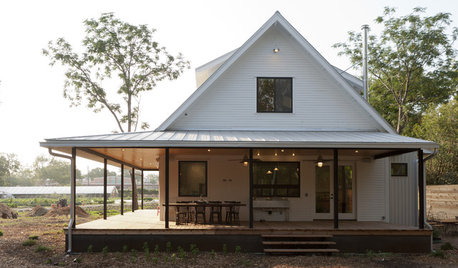
ARCHITECTUREWhat the Heck Is 'Good' Design Anyway?
We yearn for it and strive for it, but good home design isn't always easy to grasp. These 8 prescriptions from an architect can help
Full Story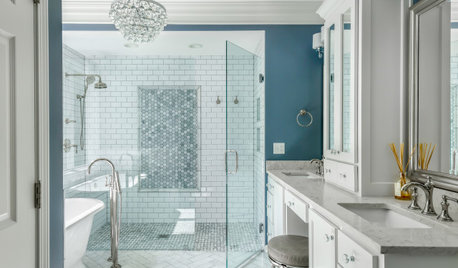
HOUSEKEEPINGHow to Clean a Glass Shower Door
See which tools and methods will keep those glass shower walls and doors sparkling clean
Full Story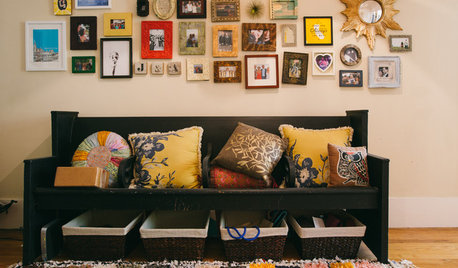
ORGANIZING21 Tips for Organizing Your Stuff
Restore order at home with these ideas for tidying up cupboards, shelves, doors and more
Full Story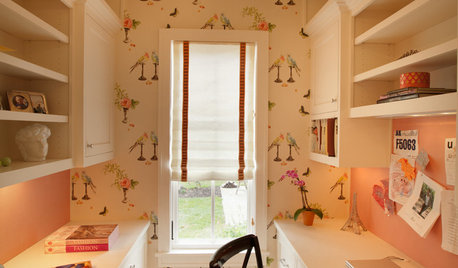
HOME OFFICESThe Great Paper Push: Just Say No
Going paperless is a heck of a lot easier when you put the kibosh on letting flyers, junk mail and more get past the front door
Full Story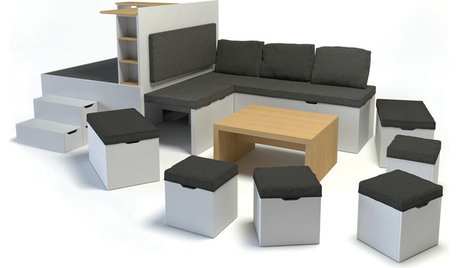
SMALL SPACESHow Portability Can Make You Happier at Home
Downsizing your stuff and going for maximum mobility can actually make your home feel bigger and your life feel fuller
Full Story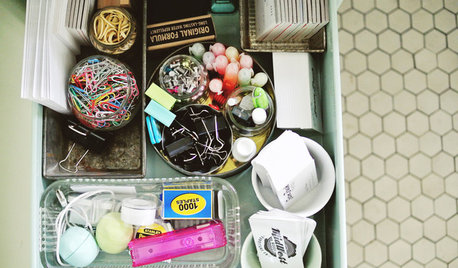
MOST POPULAR8 Ways to Get a Handle on the Junk Drawer
Don’t sweat the small stuff — give it a few drawers of its own, sorted by type or task
Full Story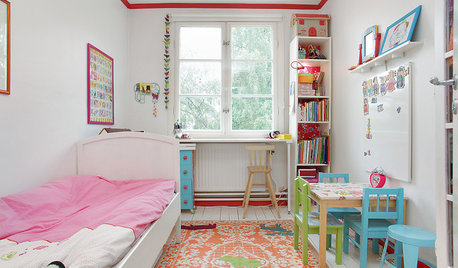
DECORATING GUIDES10 Beautiful Rooms for Real Kids
Let's get real. Kids have stuff, and they're not always neat, but great decorating doesn't have to be a fantasy
Full Story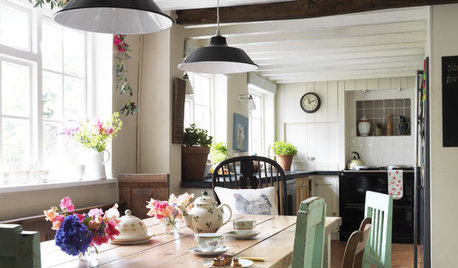
MOST POPULAR4 Obstacles to Decluttering — and How to Beat Them
Letting go can be hard, but it puts you more in control of your home's stuff and style. See if any of these notions are holding you back
Full Story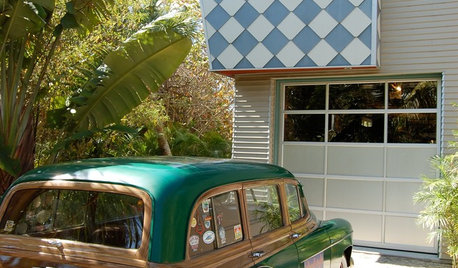
MOVINGRelocating? Here’s How to Make the Big Move Better
Moving guide, Part 1: How to organize your stuff and your life for an easier household move
Full Story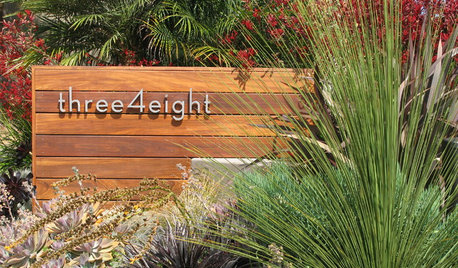
ACCESSORIES8 Low-Cost Luxuries With a Big Payoff
Consider the small stuff — like switch plates and throw pillows — to give your home a touch of class
Full Story





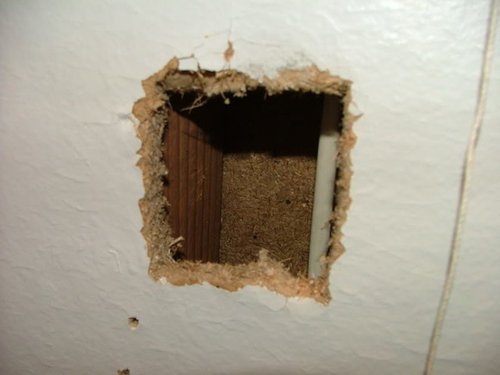
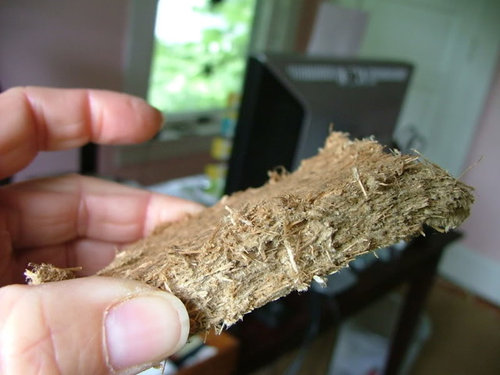
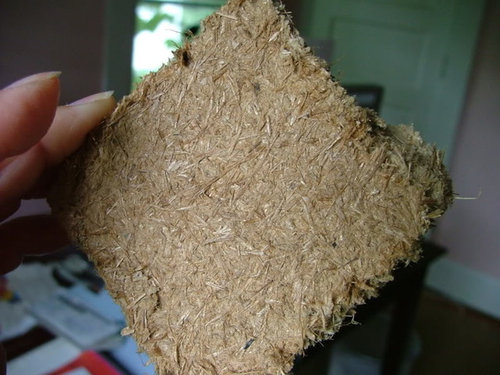



ademinkOriginal Author